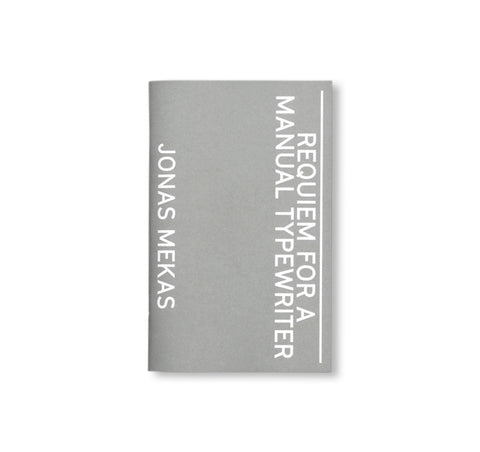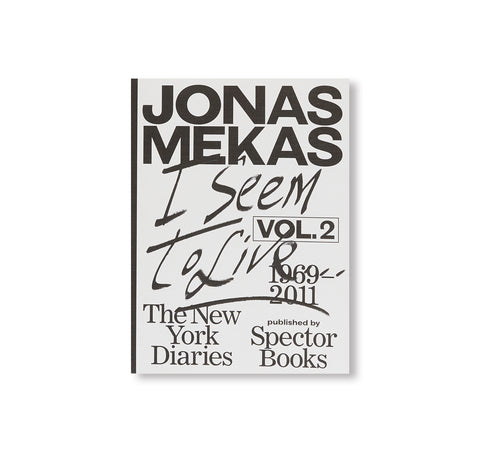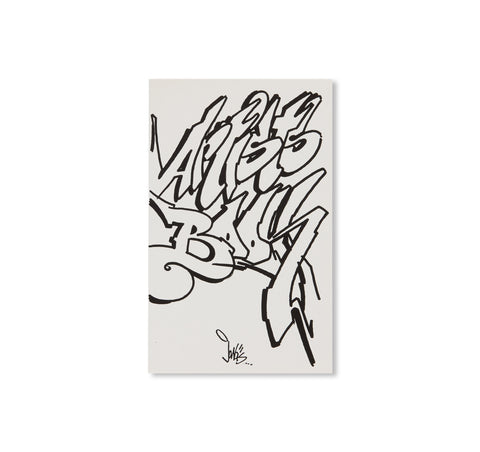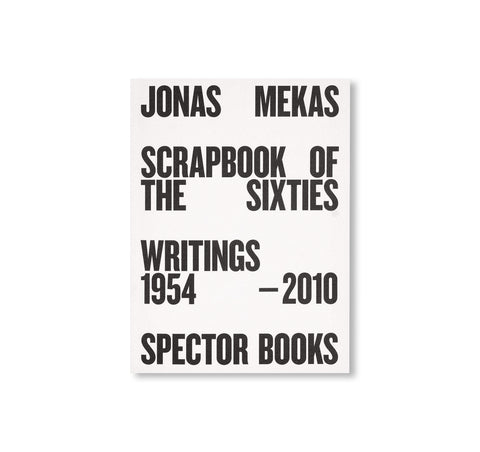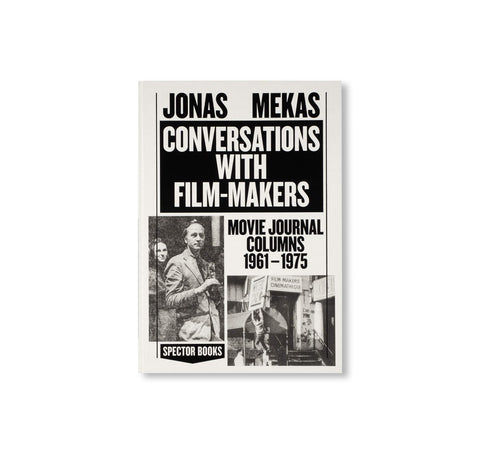I SEEM TO LIVE - The New York Diaries. vol.1, 1950-1969 by Jonas Mekas
リトアニアに生まれのちにアメリカへ亡命した映像作家、詩人、活動家のジョナス・メカス(Jonas Mekas)の作品集。『The New York Diaries』は代表的な文学作品かつ、作者の映画作品と等しく重要な位置付けにある最高傑作とされている。1950年代から1960年代の活動を網羅した第1巻は作者がこの世を去ってから1年後に出版された。1949年にリトアニアを逃れてニューヨークにやってきた作者は弟のアドルファスと一緒に数々の映画を制作した。1954年にメカス兄弟は雑誌『フィルム・カルチャー』を創刊し、1958年から『ヴィレッジ・ヴォイス』紙で作者は週刊コラムの連載を開始した。文章、映画、そして芸術へのたゆまぬ献身によって、アメリカのアヴァンギャルド映画とニューヨークのアートシーンのバロメーターとして認められたのはこの時期のことである。
「ジョナス・メカスは自然児、衰えることのない芸術的なエネルギーの源でした。彼はジャンルを無視し、あらゆる決まり事を破り、お決まりの表現や期待に応えるよりも純粋な表現と実験を常に選びました。彼は私が出会った中で最も人を奮い立たせるアーティストの一人でしたし、今もそれに変わりはありません。詩人におけるカンフーの達人です。ジョナス・メカス万歳!」―ジム・ジャームッシュ
「取り組んできたテーマの幅広さを考えると、その思想、イメージ、物語、書簡の持つ驚くべき重要性に茫然とするしかないでしょう。ここでは時間の重さが具体的なものとして感じられます。メカスの映像作品では、時間は強い存在感を持っているのに、いつの間にか逃げ出して踊り回っているような気がします…この作品集は、一人の人間が生きた生の瞬間を俯瞰するに留まらず、人生そのものを真剣に描いた肖像画でもあると思います。」―コナー・ウィリアムズ(Conor Williams)
I Seem to Live. The New York Diaries, 1950–2011 is Jonas Mekas’s key literary work. The first volume of this magnum opus, covering the period from 1950-69, appears posthumously one year after his death. It stands on an equal footing with his cinematic oeuvre, which he initially developed together with his brother Adolfas after their arrival in New York. In 1954, the two brothers founded Film Culture magazine, and in 1958 Jonas began writing a weekly column for The Village Voice. It was in this period that his writing, films, and unflagging commitment to art began to establish him as a pioneer of American avant-garde cinema and the barometer of the New York art scene.
“Jonas Mekas was a force of nature – an untiring artistic energy field. He disregarded genres and broke all the rules, always favoring pure expression and experimentation over formulas and expectations. He was / is one of the most inspiring artists I’ve ever encountered – the poets’ version of a Kung Fu Master. Long live Jonas Mekas!” – Jim Jarmusch
"Given the scope of the material, one might certainly feel disoriented by the sheer magnitude of the thoughts, images, stories, correspondences, the weight of time is felt concretely here, whereas in Mekas’s filmic work, time is both deeply felt and yet escaped, danced around. … This collection is not just a survey of moments from a single life lived, but a work of dedicated portraiture of life itself." – Conor Williams, Interview Magazine















